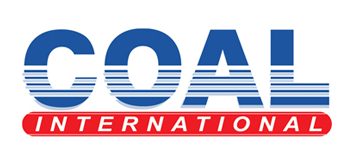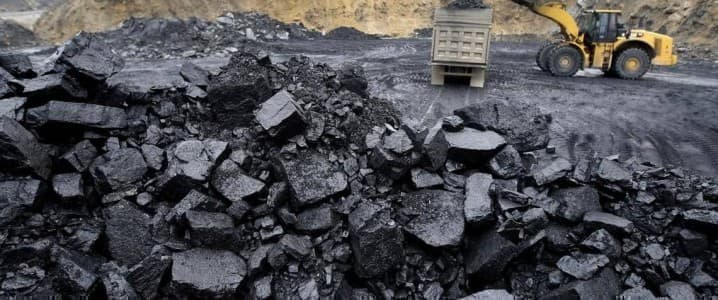State-owned Russian Railways’ (RZD) 13.8% freight tariff hike, effective Dec. 1, is likely to squeeze thermal coal exporters’ profit margins, boost offer prices at the ports and increase logistics costs for buyers willing to shoulder the higher price, market sources said Nov. 13.
Russia has increased rail freight tariffs as its coal exporters grapple with lower demand in several major markets amid sanctions on several Russian companies.
“Russian coal miners are already making a loss in 2024, and higher tariffs will add to costs and reduce the price competitiveness of Russian thermal coal, giving room for coal from Colombia, South Africa and the US to gain market share in the seaborne market,” said Pat Se Khoo, senior analyst with S&P Global Commodity Insights.
Russian thermal coal exports reached 110 million mt in 2024 as of Nov. 13 and compare with 133 million mt in full-year 2023, showed S&P Global Commodities at Sea data.
In 2024, Russia supplied 23.23 million mt to the Japan-South Korea-Taiwan market, 43.9 million mt to China and 8.2 million mt to India.
The exports rose 12.1% year on year to 148 million mt in 2022.
Market sources expect exports to slow this year due to a reduction in price competitiveness.
“The new hike in rail freight will result in higher selling prices for Russian coal,” said a UAE-based analyst dealing in Russian coal. “Buyers will either need to accept the higher prices, or they will seek cheaper alternatives. However … there is a shortage of spot high calorific-value coal, so buyers will end up paying a premium anyway.”
High CV liquidity declines
Higher transportation costs have eroded Russian suppliers’ profit margins, tightening cargo availability on the east coasts and weighing on high CV 6,000 kcal/kg NAR grade liquidity.
A Singapore-based trader said that when RZD raised rail tariffs by 10.75% in 2023, some new coal projects were shelved. The outcome may be similar this year, and Russian thermal coal exports could decline further.
The tariff increase could also impact export volumes to price-sensitive buyers such as India and China, as coal outflows rely on rail transportation.
“In the last nine months, exports have been in the 50:50 ratio between China and other markets,” a Russian trader said. “However, as we go forward, this ratio could decrease in favor of premium markets, including South Korea, Japan, and Malaysia, as less material will be delivered to the Far East.”
Russian 6,000 kcal/kg NAR price discussions to South Korea for December-loading Panamax cargoes were in a wide range from $116/mt CFR to $125/mt CFR over Oct. 6-Nov. 8. Indicative prices to China were heard at $106/mt CFR and $107/mt CFR for Russian 5,500 kcal/kg NAR from the east coast during the period.
Buying indications from India for Russian 6,000 NAR were heard at around $110/mt CFR from the east coast during the period, with only a few offers for India at prices not less than $118/mt CFR, market sources said.
The Platts-assessed price of FOB Russia Pacific 6,000 kcal/kg NAR averaged $94.15/mt FOB over January-October, down from $115.70/mt FOB a year earlier. Platts, part of Commodity Insights, last assessed the grade at $104/mt on Nov. 8.



